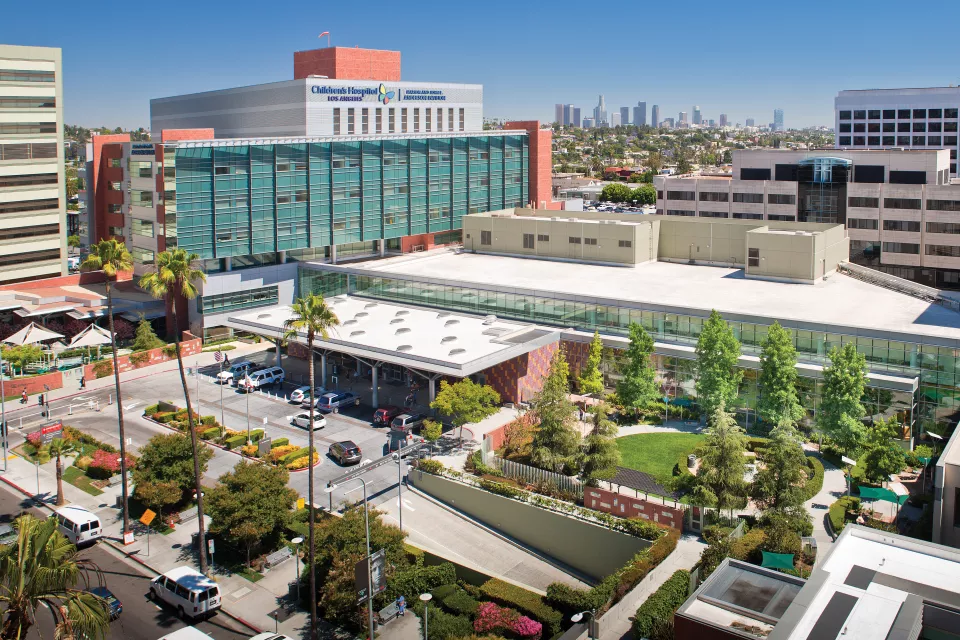
Venous malformations are abnormal clusters of dilated veins that do not work properly to transport blood. These abnormal veins form prior to birth, but may not become evident until later in childhood. They are thought to be caused by problems in the formation and development of the veins during fetal development. Although these veins grow proportionately as a child grows, they may grow rapidly during times of hormonal change such as puberty, menses and pregnancy.
A child may have one malformation or multiple separate lesions. Venous malformations may involve shallow or deep veins, or a combination of both. Venous malformations are associated with many syndromes associated with vascular anomalies.
Some people with venous malformations have been found to have a genetic change in the TIE-2 or PIK3CA gene. The TIE-2 mutation may be inherited. The PIK3CA mutation is not inherited.
Diagnosis
The color of the malformation depends on the depth and amount of expansion of the affected vessels. Shallow lesions tend to have a reddish to purple color, while deeper lesions appear bluish. A very deep lesion may have no color and appear as a swollen mass, or may not be visible at all. The appearance of a venous malformation may change if a child is crying, bearing down or active. During these times, the lesion may expand and become more intense in color.
Color may also vary with change in environmental temperatures. The area involved may swell if lower than the level of the heart. Lesions that are in the head/neck region get bigger when the patient bears down (valsalva maneuver). These malformations are generally soft to the touch but can feel like there is a pebble within them if a blood clot forms in the malformation. They can be painful.
You/your child will meet with the Vascular Anomalies Center team during the initial clinic visit for a comprehensive review of the patient’s medical history, any imaging studies and/or laboratory tests that have been performed and a complete physical examination. The medical specialists will then confer and diagnose the condition and propose a treatment plan.
Additional testing may include:
- Ultrasound
- MRI (to confirm the diagnosis and determine the extent of the malformation)
- Endoscopy (for patients who have lesions in the stomach or intestinal tract)
- Coagulation studies
- Genetic testing
Possible Complications
- Pain and/or swelling: Venous malformations may cause pain or swelling of the affected area. Slowed blood flow in abnormally dilated veins may lead to sensations such as heaviness, numbness or tingling of the involved arm or leg. Abnormal blood flow may also cause skin ulcers, muscle cramping or joint pain when walking. Blood clots (phleboliths) within superficial venous malformations result in inflammation and pain.
- Rectal bleeding/blood in stools: Venous malformations involving the gastrointestinal tract/rectum may cause rectal bleeding. Individuals with large or multiple venous malformations may have blood abnormalities that increase the risk of bleeding and clotting.
Treatment
Treatment options include:
- Watchful waiting: Small malformations with little cosmetic or functional issues are often watched over time without treatment.
- Sclerotherapy: This includes putting a medication directly into the malformation to shrink or close off the abnormal veins.
- Laser therapy: The shallow skin part of a venous malformation may be treatable with a laser. This procedure is most commonly done to improve the look of the affected skin.
- Surgical options: Small lesions may be removed entirely by surgery. Large or complex lesions may be partially removed if they continue to cause symptoms.
- Drug therapy: Certain medications may be used for large or complicated venous malformations or when surgical procedures are not an option.
- Low-dose aspirin, which could help with the severity of pain episodes
- Low molecular weight heparin (enoxaparin, Lovenox), a blood thinner that is injected under the skin and can improve pain caused by phleboliths (superficial clots in the malformation)
- Sirolimus, an oral immunologic agent that may be helpful in improving pain, swelling and blood abnormalities that increase the risk of bleeding and clotting
- Compression garments: A compression garment may help with symptomatic pain from a venous malformation involving a limb.
